A clogged tub drain can be a frustrating issue that disrupts your daily routine. Over time, hair, soap scum, and other debris can accumulate, leading to slow drainage or even a complete blockage. Fortunately, unclogging a tub drain is often a straightforward task that you can handle without the need for professional help.
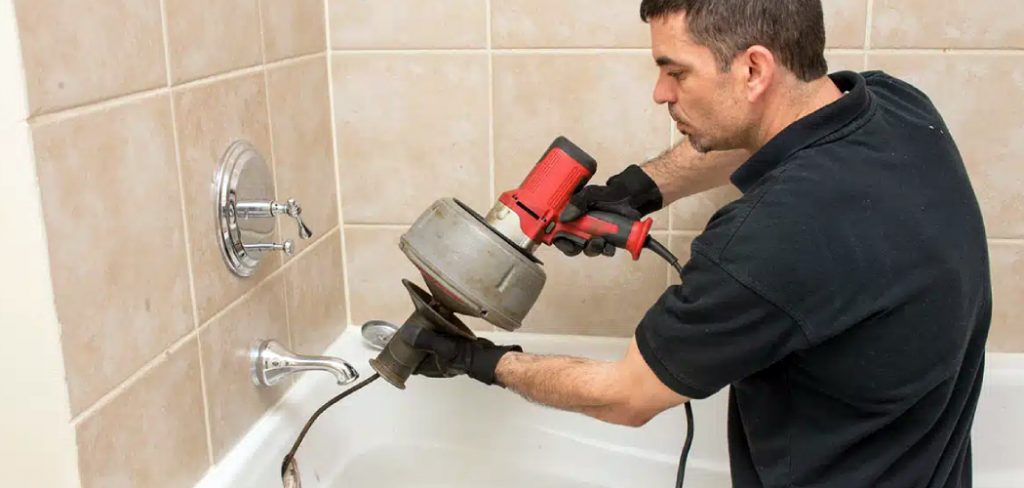
This guide on how to unclog a tub drain will walk you through simple and effective methods to clear your tub drain and restore proper water flow. If you’re wondering how to declog a tub drain, there are several effective methods you can try before calling a plumber.
Why is My Tub Drain Clogged?
Before we dive into the solutions for unclogging a tub drain, it’s important to understand why your tub drain may be clogged in the first place. Here are some common culprits:
Hair:
This is the most common cause of tub drain clogs. As you wash your hair, strands can get caught in the drain and build up over time. This can lead to slow drainage or a complete blockage.
Soap Scum:
As soap mixes with the minerals in your water, it can create a sticky residue that coats the inside of your pipes. This buildup can trap hair and other debris, causing clogs.
Foreign Objects:
Accidentally dropping small items like jewelry or toy pieces down the drain can also cause clogs. These objects can get stuck in the pipes and prevent proper water flow.
Needed Materials
To effectively unclog your tub drain, you’ll need the following materials:
Plunger:
A plunger can create suction and pressure to dislodge clogs in your drain.
Drain Snake:
Also known as a plumbing auger, this tool is used to manually push through and break up clogs in pipes.
Baking Soda and Vinegar:
This natural combination creates a chemical reaction that can help dissolve buildup and debris in your pipes.
7 Simple Methods on How to Unclog a Tub Drain
Method 1: Use a Plunger
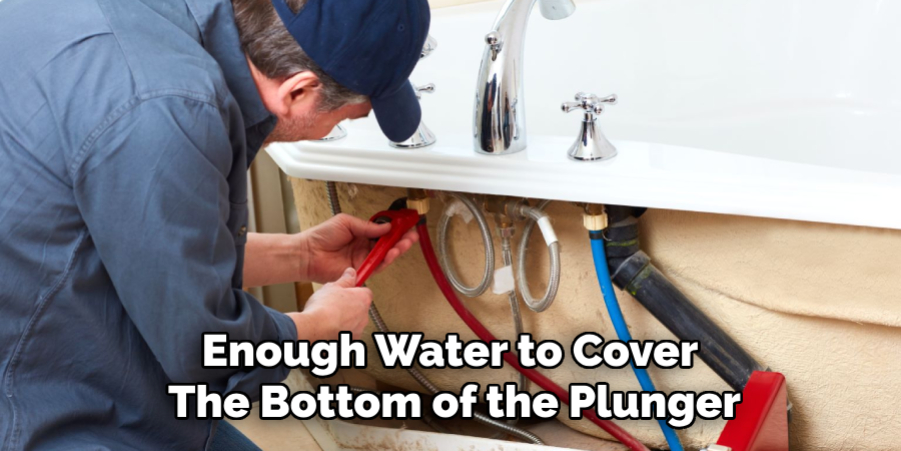
- Fill the tub with enough water to cover the bottom of the plunger.
- Place the plunger over the drain and push down firmly, then pull up quickly. Repeat this motion several times.
- Check if the water starts draining. If it does, run hot water for a few minutes to clear any remaining debris.
- If the plunger doesn’t work, try using a drain snake or move on to another method.
Method 2: Try Homemade Solutions
- Mix equal parts of baking soda and vinegar in a cup.
- Pour the mixture down the drain and let it sit for at least 30 minutes.
- Boil some water in a pot and carefully pour it down the drain to flush out any loosened debris.
- Repeat if necessary.
Method 3: Use a Drain Snake
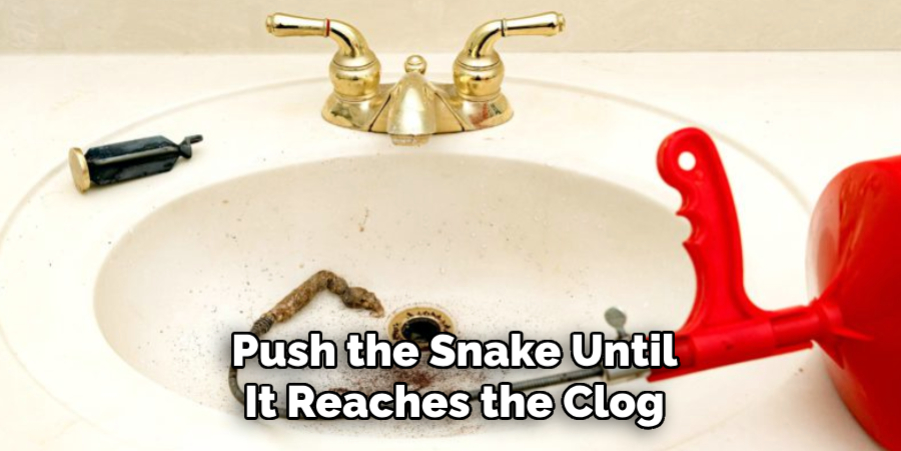
- Push the drain snake down into the drain until you feel resistance.
- Twist and push the snake until it reaches the clog.
- Once you feel the clog, twist and pull up to remove any trapped debris.
- Run hot water down the drain to flush out any remaining debris.
- If the clog persists, try using a plunger or move on to another method.
Method 4: Remove and Clean the Stopper
- Carefully remove the tub stopper by unscrewing or pulling it out, depending on the type of stopper you have.
- Use a bent wire hanger or pliers to reach in and pull out any visible hair or debris.
- Clean off any soap scum or buildup from the stopper using a brush or cloth.
- Reinsert the stopper and test the water flow.
- If the stopper is not removable, try using a drain snake or other method to clear the clog.
Method 5: Use a Wet/Dry Vacuum
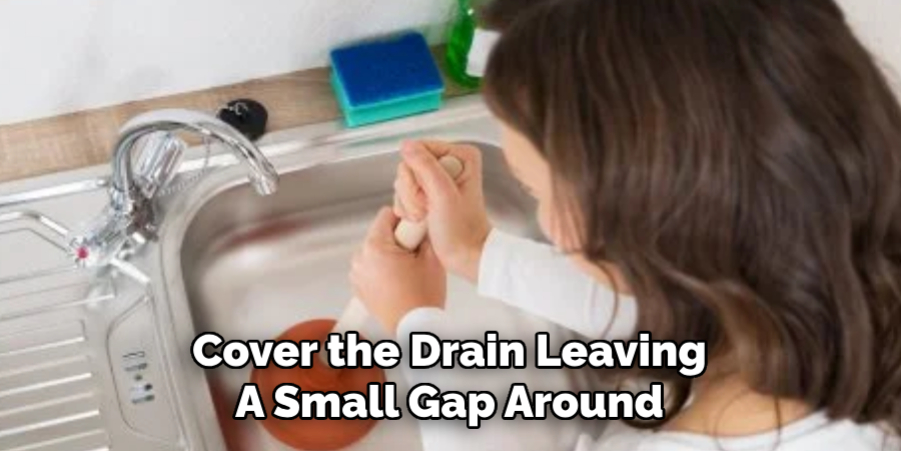
- Wet a cloth and cover the drain, leaving a small gap around the edges.
- Set your vacuum to wet mode and place it over the cloth, creating a seal.
- Turn on the vacuum and let it run for at least 30 seconds.
- Check if the water starts draining. If not, repeat or try another method.
- Make sure to clean out the vacuum afterwards.
Method 6: Try Chemical Drain Cleaners
- Follow the instructions on your chosen chemical drain cleaner carefully.
- Pour the recommended amount of cleaner down the drain and let it sit for at least 30 minutes.
- Run hot water down the drain to flush out any loosened debris.
- Repeat if necessary, but avoid using chemical cleaners frequently as they can damage your pipes.
Method 7: Call a Professional Plumber
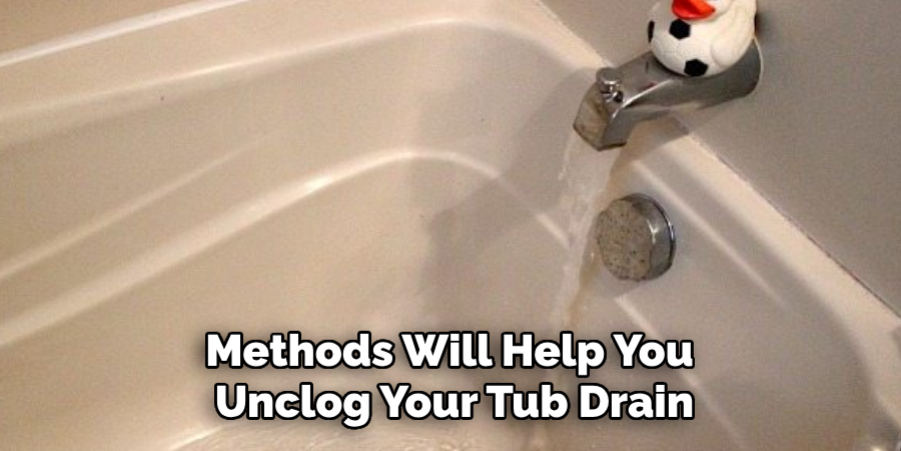
If all else fails, it’s time to call in the professionals. A licensed plumber will have the tools and expertise to handle even the toughest clogs and ensure that your tub drain is fully cleared and functioning properly.
Following these simple methods will help you unclog your tub drain and prevent future clogs. Remember to regularly clean your tub drain by removing hair and debris, and using homemade solutions to prevent buildup. With these tips, you can keep your tub drain running smoothly and avoid the frustration of a clogged tub in the future. Happy unclogging!
Preventing Future Clogs
To avoid dealing with a clogged tub drain in the future, here are some preventative measures you can take:
- Use a mesh cover over your drain to catch hair and other debris.
- Clean out your drain stopper regularly.
- Avoid pouring grease or oil down the drain.
- Run hot water down the drain after each use to prevent buildup.
- Use a homemade solution of baking soda and vinegar once a month to keep your pipes clean.
By following these preventative measures on how to unclog a tub drain, you can save yourself the hassle of dealing with a clogged tub drain in the future. Remember, regular maintenance is key to keeping your drains clear and functioning properly.
When to Call a Professional Plumber?
While many clogs can be resolved using the DIY methods outlined above, there are situations when it’s best to call a professional plumber. Attempting to handle certain issues on your own can lead to further complications or even damage to your plumbing system. Here are some signs that you should seek professional help:
Persistent Clogs:
If the clog keeps returning despite using multiple methods to clear it, it could indicate a deeper issue within your plumbing system that requires professional tools and expertise.
Slow Draining in Multiple Fixtures:
If more than one drain in your home is slow to drain, it could indicate a clog in your main sewer line. This requires specialized equipment and training to properly clear.
Unpleasant Smells:
Foul odors coming from your drains could be a sign of a clogged or damaged sewer line. It’s best to have a professional assess the situation and make any necessary repairs.
Remember, when in doubt, it’s always better to call a professional plumber rather than risk causing further damage to your plumbing system.
Frequently Asked Questions
Q: Can I Use a Plunger on a Clogged Tub Drain?
A: Yes, a plunger can be an effective tool for unclogging a tub drain. Just make sure to cover the overflow opening with a damp cloth before plunging to create a strong seal.
Q: Can I Use Chemical Drain Cleaners on a Tub Drain?
A: Yes, but use them sparingly as they can damage your pipes and should not be used frequently. It’s always best to try homemade solutions or call a professional plumber for tough clogs.
Q: How Often Should I Unclog My Tub Drain?
A: You only need to unclog your tub drain when it becomes slow or completely blocked. However, regular maintenance and preventative measures can help prevent clogs from occurring in the first place.
Q: Can I Prevent Clogs by Using a Hair Catcher?
A: A hair catcher can be an effective tool in preventing clogs caused by hair, but it’s important to regularly clean and empty the catcher to prevent buildup. Also, keep in mind that other types of debris can also contribute to clogs.
Q: Are There Any Natural Alternatives to Chemical Drain Cleaners?
A: Yes, baking soda and vinegar are natural alternatives that can effectively unclog your drain without causing harm to your pipes.
Q: How Do I Know if My Drain Needs Professional Help?
A: If you’ve tried multiple methods without success or notice signs such as slow draining in multiple fixtures or foul odors, it’s best to call a professional plumber for further assistance.
Conclusion
Dealing with a clogged tub drain can be frustrating, but with the right tools, techniques, and preventative measures, you can keep your drains clear and functioning smoothly. From simple methods on how to unclog a tub drain like using a plunger or homemade solutions to more advanced techniques like employing a drain snake or calling a professional plumber, there’s a solution for every type of clog.
Remember, regular maintenance and preventative care, such as using a mesh drain cover and avoiding harmful substances in your pipes, can save you time and effort in the long run. By taking these proactive steps, you can ensure that your tub drain remains clog-free and reliable for years to come.
About the Author
Adrian Green is a passionate woodworking enthusiast who has dedicated his life to the craft of woodworking. From his early days working alongside his father in the family woodworking shop, Adrian has honed his skills and developed a deep love for creating beautiful, functional pieces with his hands. As the voice behind The Woodenify Blog, he shares his knowledge, tips, and inspiration with fellow woodworkers of all skill levels, helping them build confidence in their abilities while learning new techniques.
Professional Focus
- Specializes in DIY woodworking projects, from furniture making to home décor.
- Provides step-by-step guides, tips, and practical tutorials for woodworkers at any skill level.
- Focused on empowering readers with confidence and knowledge through easy-to-follow instructions and hands-on techniques.
- Passionate about building a community where makers can share, learn, and grow together in the world of woodworking.
Education History
University of Craft and Design – Bachelor of Fine Arts (BFA) in Woodworking and Furniture Design
Woodworking Apprenticeships – Gained extensive hands-on experience through various workshops and mentorships with seasoned craftsmen, refining carpentry and furniture-making skills.
Expertise
- DIY woodworking, carpentry, furniture making, and home décor projects.
- Creating clear, accessible tutorials and guides for beginner to advanced woodworkers.
- Helping readers experience the satisfaction and fulfillment of turning raw materials into stunning finished products.
